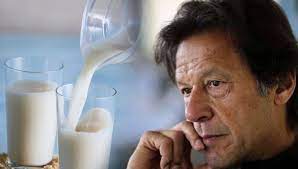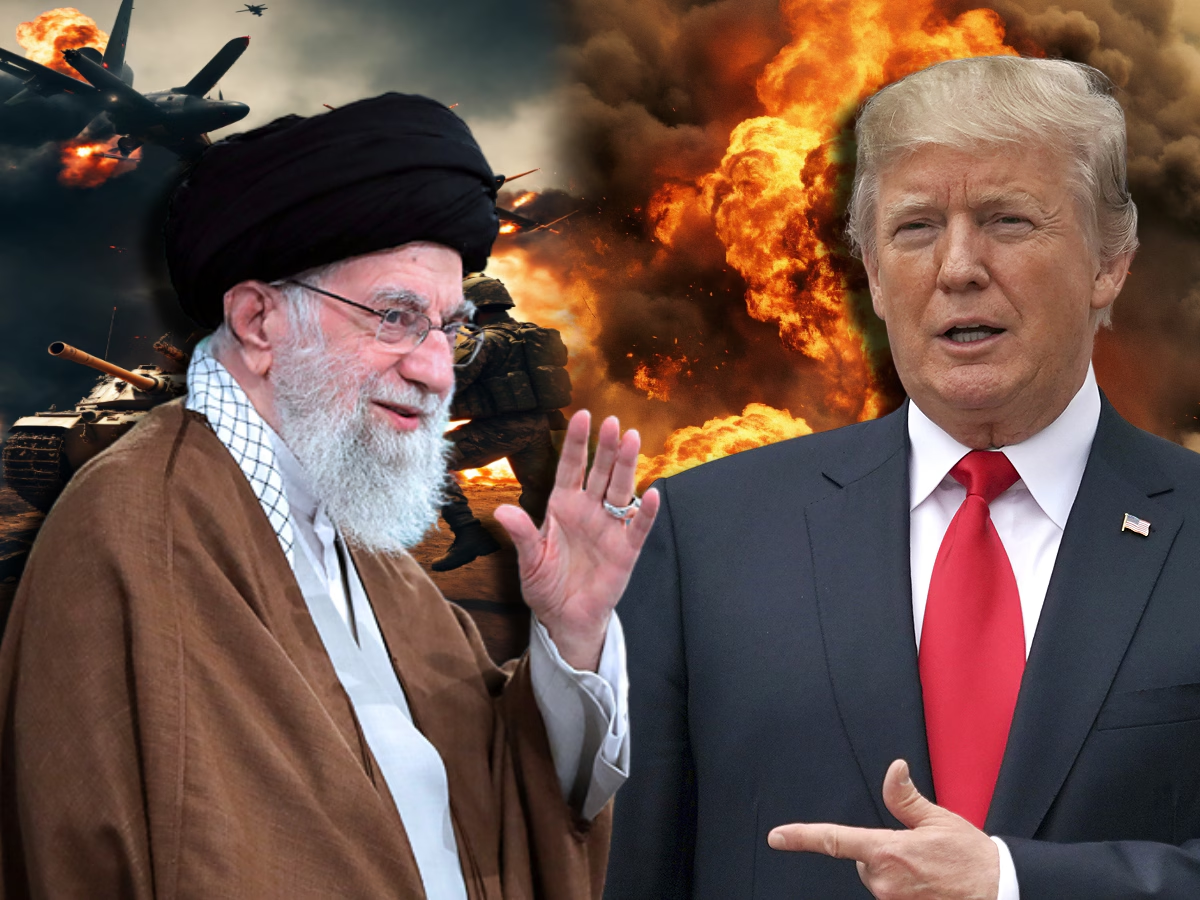Karachi: Recently, a case of non-payment of salary to the employees of an embassy of Pakistan came to light for three months, which once again exposed the situation of financial crisis in Pakistan. This tweet was made by tagging Prime Minister Imran Khan from the official Twitter handle of the Pakistan Embassy in Serbia. In which it was said that the children of the employees have been expelled from the school due to non-payment of salary for three months. However, later the Pakistan Foreign Ministry clarified that the Twitter handle of the embassy had been hacked. However, statistics describing the situation of South Asian countries are showing that the inflation rate of Pakistan is the highest in this entire region.
According to the data, Pakistan’s inflation rate this year is 8.9 percent, which is the highest among the eight countries of the region. India (5.5%), Bangladesh (5.6%), Bhutan (8.2%), Afghanistan (5%), Maldives (2.5%), Nepal (3.6%) and Sri Lanka have an inflation rate of 5.1%, which fall in this region. This report shows that Pakistan’s inflation rate will decline next year, but even in that case it will remain the highest inflation country in the entire South Asia region. In 2022, the inflation rate of Pakistan is estimated to be 7.5 percent, the inflation rate of other countries will be less than this.
Pakistan is grappling with rising inflation rate, depleting foreign exchange reserves, increasing pressure on current account deficit and deteriorating condition of Pakistani currency ‘Rupee’. In October last year, there was an unprecedented increase in oil prices in Pakistan. On 24 November, Prime Minister Imran Khan said that he does not have money to run the country and the debt is increasing. In the last ten years, Pakistan’s debt has increased from 6 thousand trillion rupees to 30 trillion rupees.
Last month, there was a tremendous jump in the inflation rate of Pakistan, the inflation rate reached 11.5% in November, which was 9.2 percent in October. The value of one dollar in Pakistan has become Rs 176.66 while in Indian currency it is worth Rs 75.42. According to the recently released data of Pakistan Statistics Bureau, so far this year, the Pakistani rupee has depreciated by 11 percent. In the last 20 months, the inflation rate has become the highest at 11.5 percent.
According to government data, LPG gas in the country is Rs 217 per kg. The price of domestic gas cylinder is Rs 2,560 while that of commercial cylinder is Rs 9,847 per kg. Same is the case with petrol (145.82 per liter) and diesel (Rs 142.62 per litre). Even the price of milk and sugar, the vital need of daily food, is very high here. In September last, during the time of Muharram, milk was being sold at Rs 140 a liter in Karachi, while the price of petrol was Rs 113 a liter then.
Saudi Arabia has given some relief at present by giving loans to Pakistan which is suffering due to empty foreign treasury. This loan is of US$ 3 billion which has been given to the State Bank of Pakistan. Giving information about Saudi’s help, the government’s financial adviser, Shaukat Tareen, thanked Saudi Prince Salman on December 5.
A 27-year-old man set himself on fire in Karachi in November, after his family alleged that he was depressed over being unable to meet rent and household expenses due to inflation. Recently, on behalf of the opposition party Pakistan Muslim League-Nawaz, it was said that due to the record level of inflation, poor people have to adopt the path of suicide. The troubles of Imran Khan, who came to power with an election promise of providing one crore jobs, are increasing as protests are being held across the country on the issue of inflation.
 Indian Thought Latest News & Views
Indian Thought Latest News & Views



